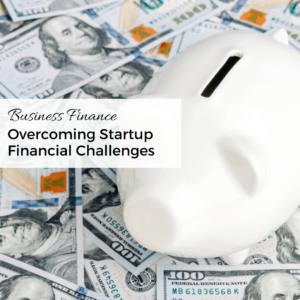- +1 512-591-8295
- [email protected]
- Mon - Fri: 9:00 - 16:00

Get the marketing advice I share with my entrepreneur friends ...
... right in your inbox

Get solid marketing strategies, designed for entrepreneurs on the track to 7-figures and beyond, right in your inbox.

This website uses cookies to ensure you get the best experience on our website. By continuing to use the website, you agree to our use of cookies. We do not share or sell your information. More info
